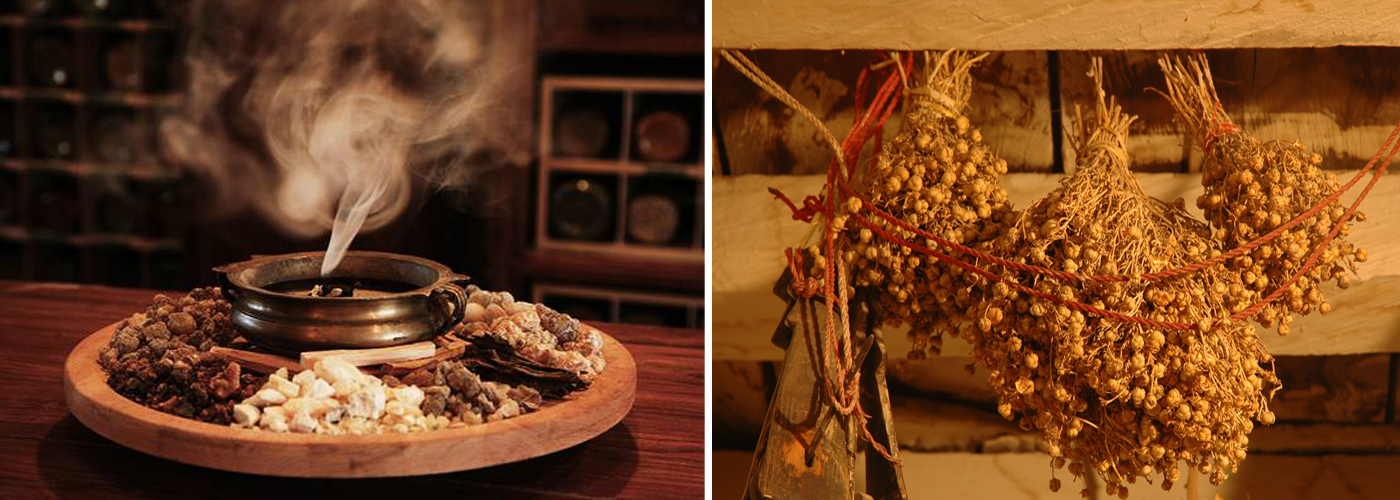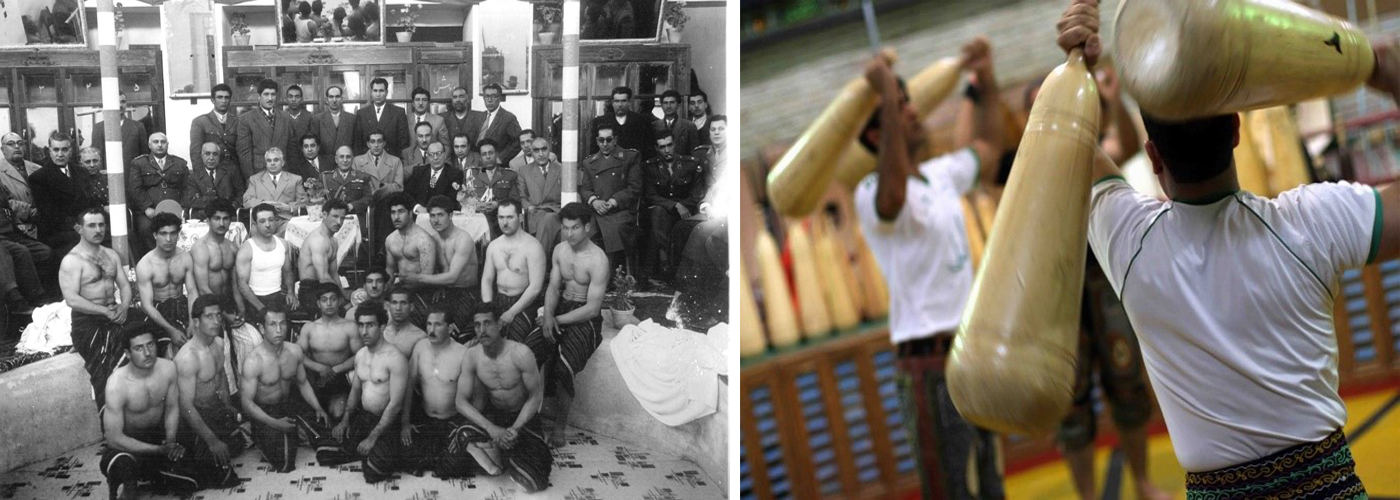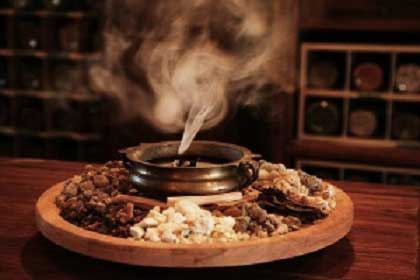Every country has its own customs and traditions. Iran is no exception to this rule, habits, however small, that are passed down from generation to generation. In this article, we introduce you some cultural traditions of Iran that you may be interested to know; Things that you only see in Iran and seem very strange to foreign visitors, traditions that have become part of Iranian normal life.
Burning Wild Rue Seeds
Iranians believe that The smoke generated from burnt Wild Rue Seeds (Espand) would protect them against the “evil eye”. This tradition has been passed down through generations from the days of Zoroastrianism and most parents do it for their children. Espand is originally a native Asian plant and grows in the Middle East and parts of South Asia, especially India and Pakistan. It may be interesting to know that the whole concept of the evil eye is something that many cultures believe it, and Espand is also used in Turkey for the same reason, but they do not burn it. They hang Espand seed capsules in their homes and in cars to protect them against evil eyes. Moroccans also use Espand as a protection from the Jinn.

Bastani Sport and Zurkhaneh
Bastani sport known as Varzesh-e Pahlavani, was originally an academy of physical training and a nursery for warriors against foreign invaders similar in purpose to martial arts. Throughout the last 3000 years it acquired different components of moral, philosophical, and mystical values of the Iranian civilization. As a result, Varzesh-e-Pahlavani incorporated the richness of Sufism, rituals of Mithraism, and the heroism of Iranian nationalism. Many of these Pahlavans (sport heroes) were responsible for revolting against invaders throughout the history of Iran. Yet the word Pahlavan has been misused, either by the scholars, unqualified writers or by the masses who did not have access to accurate sources. Varzesh-e Pahlavani can be traced back to the Parthian Empire of Iran (132 BC – 226 AD). The word Pahlavan comes from Parthia. There are similarities between rituals of Mithraism and Varzesh-e Pahlavani. Mithraic temples are similar in structure to Zurkhanes, the place where the rituals of Varzesh-e Pahlavani are practiced. After the invasion of Western values into Iran in the early 1900’s and the poorly designed policies, of the Pahlavi regime, Varzesh-e Pahlavani lost its popularity. Many heroes of Varzesh-e Pahlavani such as Pahlavan-e Bozorg and Haj Seyyed Hasan Razaz (~1853-1941), In famous poet Ferdowsi’s epic work, the Shahnameh, the Book of Kings, mythical Pahlavans fight against the evil forces. Often, the result of a war was determined in a hand-to-hand combat, called Koshti (wrestling). The legendary Pahlavan of this era is Rostam who was always saving. During the Islamic period in what is now Iran (from 650 on), the school of Pahlavani was an academy of physical training. However, with introduction of Islam and Shi’sm some four hundred years later during the Safavid Dynasty, new dimensions were added to Varzesh-e Pahlavani: philosophy and spirituality of Islam. Sufism was the medium for the expression of these dimensions. Some of the most famous Pahlavans of all time appeared between 1800 and today: Pahlavan-e Bozorg Razaz, Pahlavan Boloorforoush, Pahlavan Toosi and Jahan Pahlavan Takhti. The peak of Varzesh-e Pahlavani was during the reign of Naser-e-din Shah (1848-1896).At that time, many Zurkanes were built throughout the country. An official Pahlavan was determined each year (on the first day of the Iranian new year) in a competition conducted in front of the Shah.

To regale
Burying them in an official group such as the office may surprise foreigners a lot. But in Iranian cultural traditions the place is to refrain from drinking a delicious pastry, especially with tea. Usually when something good happens like marriage, having a baby, buying a house, etc., they are asked to help them, no matter how hard they try, they may eventually have to buy sweets.
Finger Snapping
Finger Snapping is one of the Iranian cultural traditions that usually happens at celebrations, weddings or any other happy occasions. Finger Snapping has many different types, and it is a skill that takes a lot of effort since childhood. These different types of snapping produce a variety of sounds, which are generally referred to as “Beshkan”. The simplest way to do this is to building tension between the thumb and other finger of the same hand and then moving the other finger forcefully downward to hit the palm which produces a clapping-like sound.
Notch!
The Iranians sometimes don’t bother to say No! Many times, instead of saying the word, they raise their eyebrows and say “Notch”! Which is supposed to be the same thing! Another way of expressing opposition is to combine raising eyebrows and saying no. Of course, if we look more closely at these methods, we may be more bothered, but not more decisively, and these are the concepts that confuse foreign tourists.
Parents call their children Mom and Dad!
Children all over the world call their parents Mom and Dad. But in Iran, it is also a strange thing to have the opposite happen. In families, we often hear that a lot of parents call their children: “Mom, come here!” or “Daddy, listen to me!” And this case of Iranian cultural traditions can surprise others. The point here is the same for aunt, uncle.
Don’t mention it!
Accepting money for the service you provide is the most common custom in the world. But in Iranian cultural traditions, it is considered impolite if one accepts money immediately, so they refuse to take it at first! This is always accompanied with a sentence “Don’t mention it!” – A habit that can be a little annoying for foreign tourists.
Shared Taxis
Even Sedan Cabs in Iran are usually shared, so you may get on a taxi and driver picks up three strangers on the cab for the same route. Naturally, you can always decide not to share the taxi, but in this case, you will have to wait for an empty taxi and tell to the driver that you need it alone or “Darbast”



Wrote: Iran’s Girl
How interesting! I didn’t think these were strange for Westerners! lol! 😂